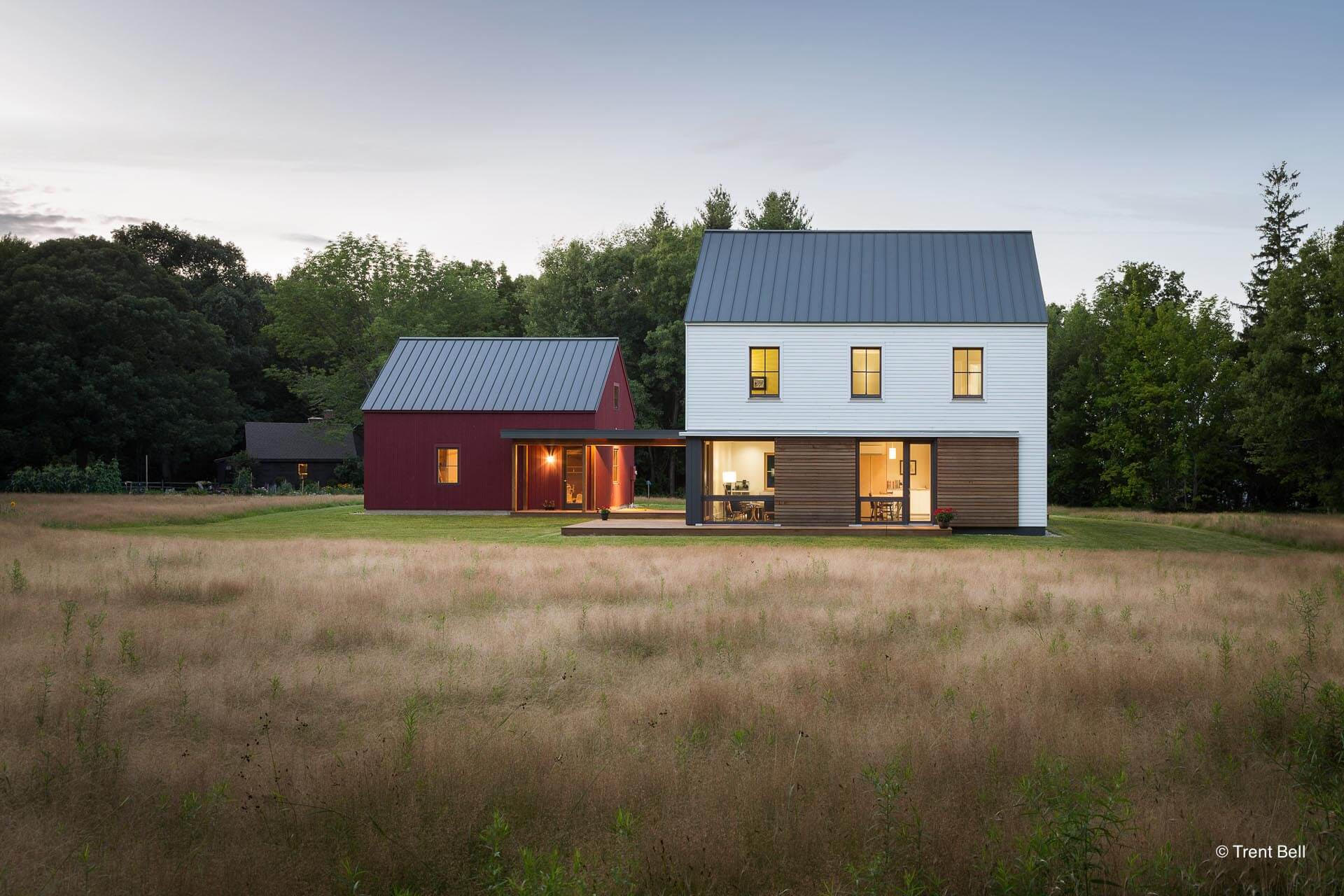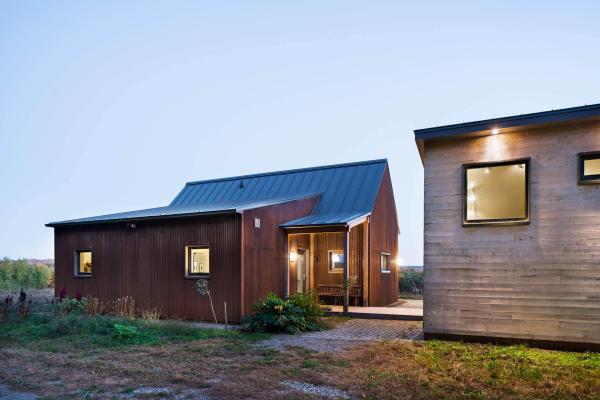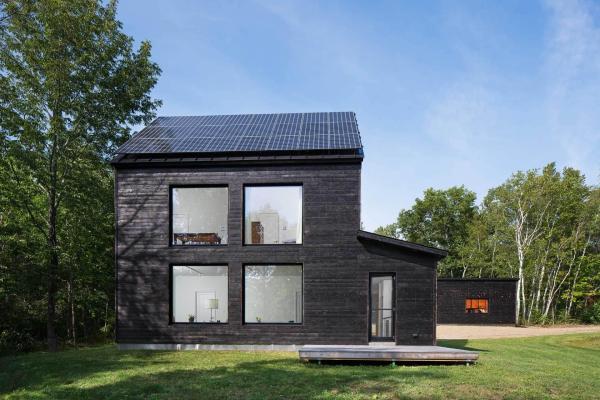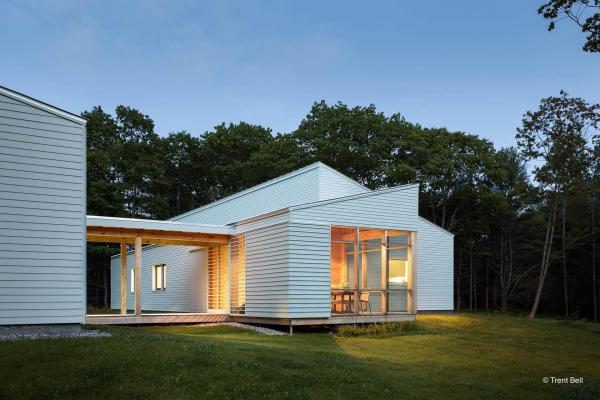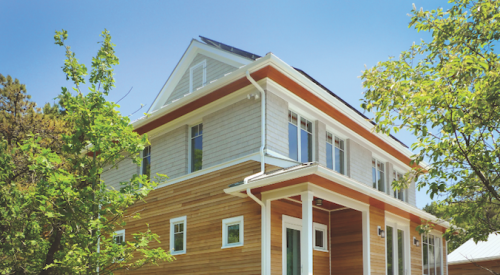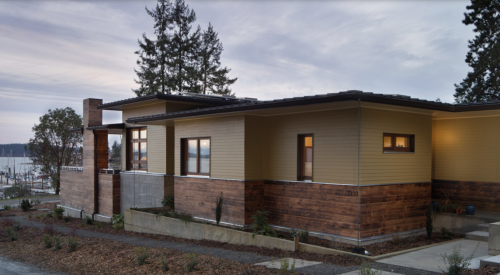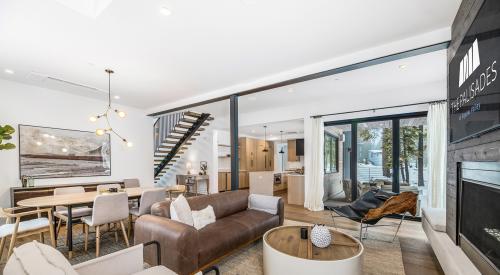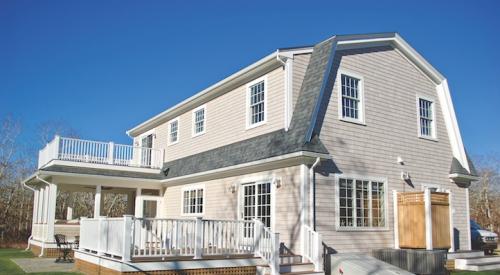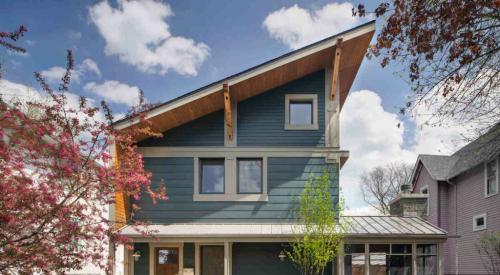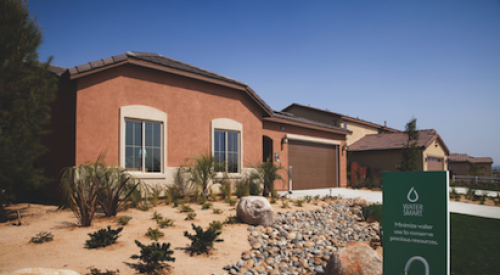Architecture and construction firm GO Logic is bringing its sustainable design skills to a new consumer line with GO Home, a breakthrough collection of high-performance prefabricated homes.
The Maine-based firm combined its signature energy-efficient passive home with panelized, prefab construction process it's developed through years of custom building. The result is a product that the company says makes building a home easy, time-efficient, and sustainable.
“Sustainability isn’t an add-on for us, it’s fundamental to how we work,” project architect Tim Lock explains. “The Passive House standard is the best standard out there, in our opinion.”
Meeting Passive House standards means minimizing the energy needed to heat and cool a building. The standard GO Logic home features an airtight, super-insulated building envelope, triple-glazed windows, and a heat-recovery ventilation system. As a result, the home uses 20 percent of the energy consumed by a conventional code-compliant home.
Consisting of year-round and seasonal homes measuring from 600 to 2,500 square feet, GO Homes offer a modern take on the New England farmhouse and barn vernacular. Customers can choose from a number of different finishes, including polished concrete flooring, IKEA cabinets, locally sourced wood accents, and simple showers devoid of expensive tile.
GO Home offers customers 10 floor plans, which range from one to four bedrooms and include features such as porches and garages. The firm allows for minor adjustments priced at a per-hour rate. If the customer wants radical changes, Lock directs them to GO Logic’s custom building, which follows the same Passive House standards.
The fixed nature of prefabricated homes is not for everyone, and GO Home knows this. They typically service young business professionals with families or environmentally conscious retirees looking to downsize or simplify.
“It’s a trade-off,” Lock says. If [the customer] is focused on sustainability and cost-efficient, high-quality building practices, prefab might be worth it. It’s all about the customer’s priorities."
